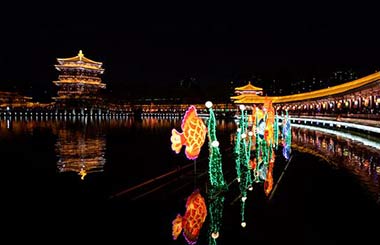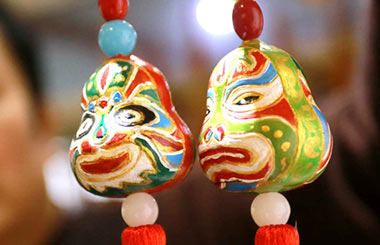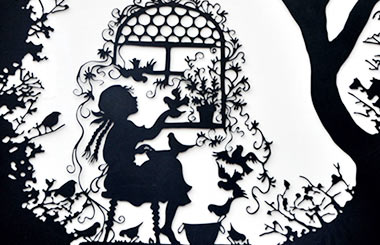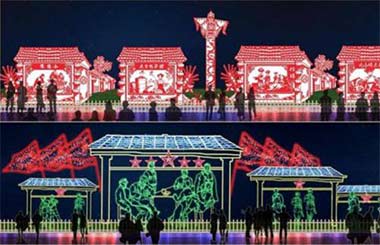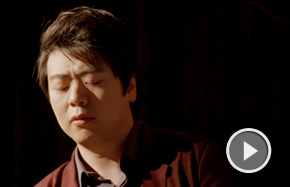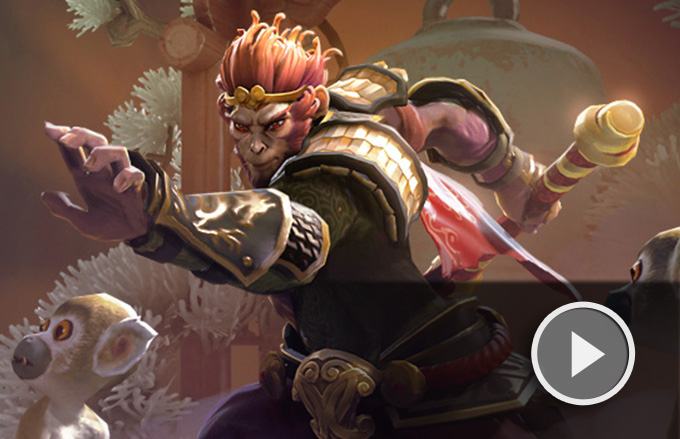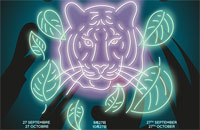Full moon, lanterns and romance
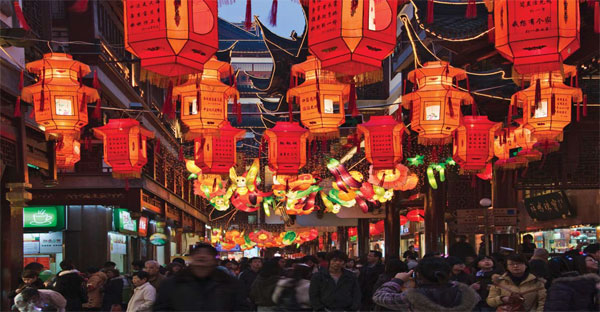
Editor's note: To understand China, sit down to eat. Food is the indestructible bond that holds the whole social fabric together and it is also one of the last strong visages of community and culture.
The 15 days of the Spring Festival celebrations end with the first full moon of the year. There will be plenty of fireworks, crackers and a final burst of festive feasting.
Dish of the day will be the little round glutinous rice balls called yuanxiao, named after the festival itself.
Yuanxiao Festival has been around since the Han Dynasty (206 BC-220) and is part of a Taoist tradition of three important dates - shangyuan (yuanxiao), zhongyuan and xiayuan - spaced out throughout the year.
It was initially a tribute to the ancient god of light, but became incorporated into the lunar new year celebrations. Its actual historical origins are now lost in the mists of time. These days, it is more recognized as the Lantern Festival, or Sweethearts' Day.
Lanterns and romance may seem remotely connected but in the old feudal days unmarried girls never stepped out of the inner courtyards of their homes. Their one chance was during the 15th day of the new year, when colorful lanterns were strung up for public display and there were dragon and lion dances in the streets.
This was when the girls, properly chaperoned, were allowed out. Of course, where the girls were, the young men would be swarming as well, their eyes on the lookout for the prettiest ladies.
Once they had spotted their target and investigated which family she was from, the young men would go home and tell their parents about their chosen ones. The happy parents would then send for matchmakers and commission them to approach the girl's family with a marriage proposal.
And so, this day gradually evolved into a sort of Chinese Valentine's day.
The lanterns were not just decorative. They had riddles written on the sides or hanging from tassels. The brightest young men would show off by trying to solve the riddles quickly and loudly, thus attracting the attention of the most charming ladies. This game was called caidengmi, "guessing lantern riddles".



